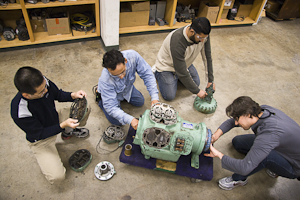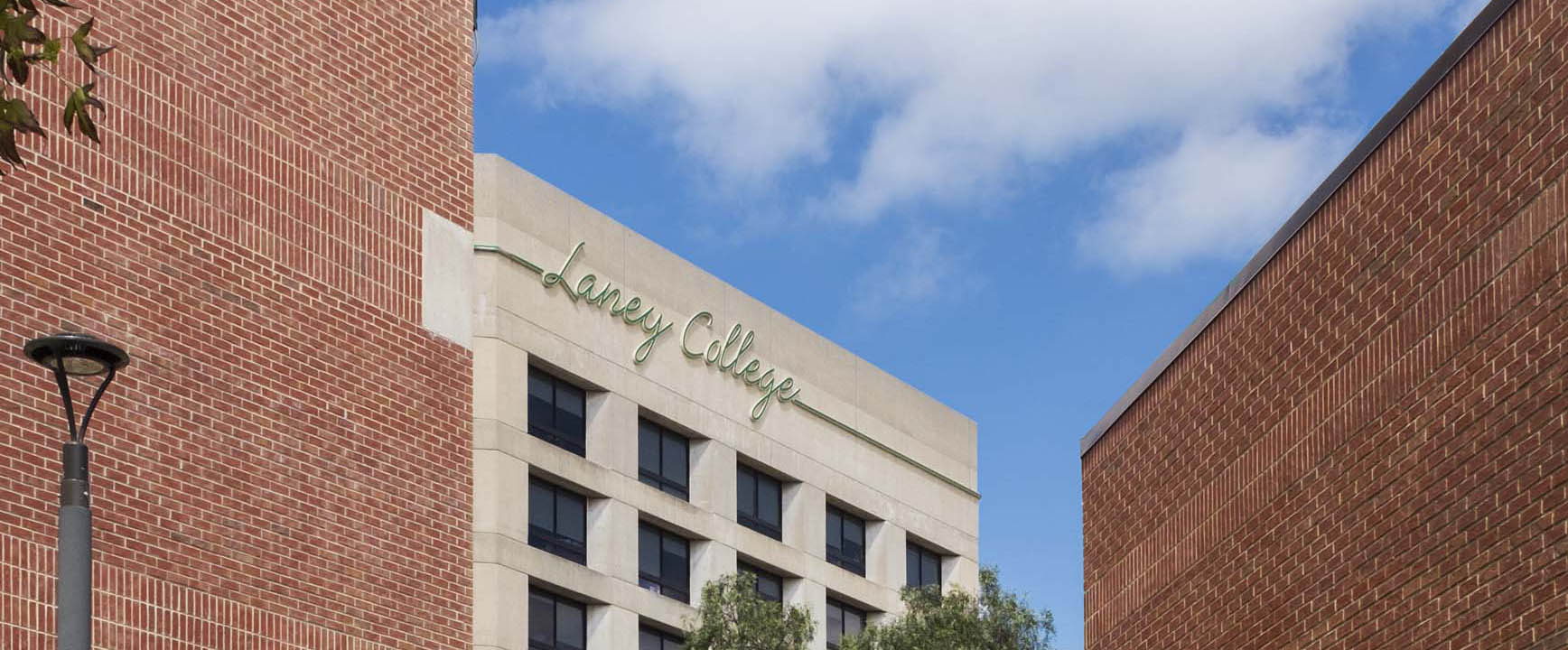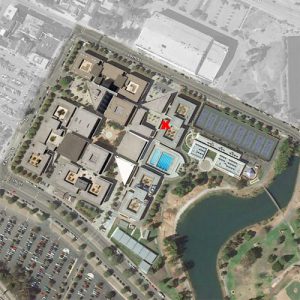Problem Based Learning (PBL) Sample Scenarios
 Problem Based Learning (PBL) is an investigative methodology: It exposes students to scenarios where there are interactions between complex and competing variables. Students are encouraged to learn how to learn and to develop adaptive expertise, which is an increasingly important asset for being a successful professional in the field.
Problem Based Learning (PBL) is an investigative methodology: It exposes students to scenarios where there are interactions between complex and competing variables. Students are encouraged to learn how to learn and to develop adaptive expertise, which is an increasingly important asset for being a successful professional in the field.
Student evaluation data of ECT courses implementing PBL suggest that students have gained some of the following benefits from being immersed in the PBL process:
- Understanding the value of finding out what the real problem is as opposed to wasting time on what the problem first appears to be
- Increased tolerance for ambiguity, lack of information and the absence of an obvious “right answer”
- Appreciation for having to simulate a real job situation, including documenting the analytical steps to present to the class so that others will understand what happened
- Having to think and plan before diving in and trying to fix things
- Appreciating the value of asking questions before having answers
- Working and learning from others
- Listening to other points of view
- How to offer opinions that differ from those of others
- Getting the bigger picture contributing to a problem
The following are samples of Problem Based Learning (PBL) scenarios that have been implemented into some of the courses in the Environmental Controls Technology (ECT) program at Laney College.
The Problem Based Learning (PBL) scenarios for each section are available for download in PDF format under each PBL description.
ECT 16: Fundamentals of Heating and Air Conditioning, “Noisy Air Handling Unit #3 in Room B-150”
ECT 18: HVAC System Installation, “Furnace Installation in a Residential House”
ECT 23: HVAC System Design, “Redesign the Air Conditioning Layout”
ECT 24: Troubleshooting for Commercial HVAC Systems, “How to Keep the Chiller Running”
ECT 27: Advanced Direct Digital Controls, “Why is the Light On”
ECT 212: Testing, Adjusting, Balancing (TAB),”Determine the Performance of the Air Conditioning System”
ECT 16: Fundamentals of Heating and Air Conditioning
The Problem Based Learning (PBL) “Noisy Air Handling Unit #3 in Room B-150”, is centered around identifying the cause of a noisy air conditioning unit.
Some of the PBL Learning Outcomes include: Identify the cause of the equipment noise, provide a solution(s) to repair the problem, properly document the problem and repairs made.
ECT 16: Fundamentals of Heating and Air Conditioning, “Noisy Air Handling Unit #3 in Room B-150” (PDF – 97 KB)
ECT 18: HVAC System Installation
The Problem Based Learning (PBL) scenario, “Furnace Installation in a Residential House”, is centered on how to properly design and install a furnace in a residential house.
Some of the PBL Learning Outcomes include: Follow proper and safe techniques when wiring, installing ducts and gas pipes, demonstrate proper procedures when measuring, cutting and threading black pipe, and explain local and state code requirements for proper installation practices.
ECT 18: HVAC System Installation, “Furnace Installation in a Residential House” (PDF – 101 KB)
ECT 23: HVAC System Design
The Problem Based Learning (PBL) scenario, “Redesign the Air Conditioning Layout for the 7th Floor Conference Room”, is centered on designing a small HVAC system (basis of design, drawings, and equipment specifications) for a single commercial zone.
Some of the PBL Learning Outcomes include: Design an air conditioning system that meets the requirements of the client, identify the HVAC requirements of a room, select components and prepare a systems layout, analyze and assess the design of a given environment and make decisions on what the problems may be.
ECT 23: HVAC System Design, “Redesign the Air Conditioning Layout” (PDF – 101 KB)
ECT 24: Troubleshooting for Commercial HVAC Systems
The Problem Based Learning (PBL) scenario, “How to Keep the Chiller Running”, is centered on identifying how to put enough BTU (British Thermal Units) load on an air chiller in order to keep it running.
Some of the PBL Learning Outcomes include: Understand the HVAC system of buildings, calculate the amount of heat transfer and interpret and extract information from trend data and design documents.
ECT 24: Troubleshooting for Commercial HVAC Systems, “How to Keep the Chiller Running” (PDF – 353 KB)
ECT 27: Advanced Direct Digital Controls
The Problem Based Learning (PBL) scenario, “Why is the Light On”, is centered around how to determine the sequence of operation and the unknown cause of a red light being continuously on
in the laser laboratory at the University of California, Berkeley.
Some of the PBL Learning Outcomes include: Identify applicable equipment documentation and interpret control documentation for a particular job and identify where to find necessary research information.
ECT 27: Advanced Direct Digital Controls, “Why is the Light On” (PDF – 435 KB)
ECT 212: Testing, Adjusting, Balancing (TAB)
The Problem Based Learning (PBL) scenario, “Determine the Performance of the Air Conditioning System”, is centered on how to demonstrate the ability to measure the air conditioning system airflow and correctly complete the sample Testing, Adjusting and Balancing (TAB) form. The students will profile the airflow in an entire building by learning how to use TAB equipment to measure airflow; and how to document and record data findings by sampling a small number of rooms within a building.
Some of the PBL Learning Outcomes include: Demonstrate the ability to measure and adjust system airflow using velometers, balometers and pitot tubes and the ability to review measurement data and correctly complete sample TAB forms.
ECT 212: Testing, Adjusting, Balancing (TAB),”Determine the Performance of the Air Conditioning System” (PDF – 353 KB)







